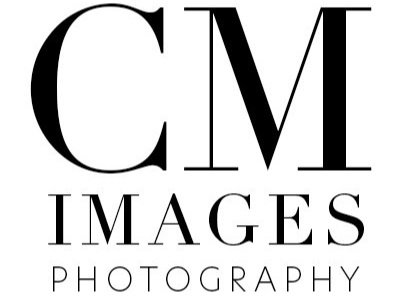Montreal Food Photography: Simulating Daylight - Completing The Look
[fusion_builder_container hundred_percent="no" hundred_percent_height="no" hundred_percent_height_scroll="no" hundred_percent_height_center_content="yes" equal_height_columns="no" menu_anchor="" hide_on_mobile="small-visibility,medium-visibility,large-visibility" class="" id="" background_color="" background_image="" background_position="center center" background_repeat="no-repeat" fade="no" background_parallax="none" enable_mobile="no" parallax_speed="0.3" video_mp4="" video_webm="" video_ogv="" video_url="" video_aspect_ratio="16:9" video_loop="yes" video_mute="yes" video_preview_image="" border_size="" border_color="" border_style="solid" margin_top="" margin_bottom="" padding_top="" padding_right="" padding_bottom="" padding_left=""][fusion_builder_row][fusion_builder_column type="1_1" layout="1_1" spacing="" center_content="no" link="" target="_self" min_height="" hide_on_mobile="small-visibility,medium-visibility,large-visibility" class="" id="" background_color="" background_image="" background_position="left top" background_repeat="no-repeat" hover_type="none" border_size="0" border_color="" border_style="solid" border_position="all" padding_top="" padding_right="" padding_bottom="" padding_left="" margin_top="" margin_bottom="" animation_type="" animation_direction="left" animation_speed="0.3" animation_offset="" last="no"][fusion_text]
Food Photography - Simulating Daylight 2: Where Do We Go From Here?
Last time, we went into detail looking at how to modify our main light of our food photography setup to copy some of the characteristics of natural window light. Now, we're going to look at adding additional light to the setup to make sure the shot comes as close as possible to what we would get using daylight.
Fill Light
Now that we've got our main light sorted out, we may need something to fill in the shadows. If you're trying to get a more moody, low-key feel then you might want to skip this section. Most of the time, however, we want to keep a good amount of detail in the shadows. For this, we need a second source of light coming from the opposite side of the main light to fill in the shadows.
This can be done with a second flash/diffuser setup if you like, but you may not have the space to set up a second light stand if you're working in tight quarters. A good (and really inexpensive) alternative is to have a piece of white foamcore set up opposite the main light to function as a reflector. You can find this in any office supply store, and you can even pick up one that is tri-folding. This one is great because it can stand up on its own.
A foamcore board used as a reflector.
This tri-fold foamcore works great as a reflector, even when one of the sections breaks off and it's technically now only bi-fold.
Nice, But It's Still Missing Something
There's one more thing that I add to my food photography setups to go from something that looks like a good studio shot to something that can pass for daylight. In my experience, daylight photos have a certain feeling of openness to them that is missing in a standard two-light setup. Remember: daylight tends to come at your setup from every direction as you have light bouncing all over the room. We need to add more light from another direction to achieve the look we want. We need a backlight.
Isn't Backlighting Bad?
For landscape photography and environmental portraits (like shooting group portraits of a wedding party with no shade), yes, backlighting can be brutal. But we're not working out in the middle of a field, we're working indoors in a controlled situation. We can control the backlight so that it gives us exactly what we're looking for.
What you get when you have a light coming in from behind the setup is a light that reflects off the table and gives a nice reflection that simulates the look that a window reflection would have. It brightens up the table, adds little highlights to the top of the food and illuminates any drinks in glasses that may be on the table. In the case of a table cloth, in will also exaggerate the texture a little bit and any folds or wrinkles will stand out (maybe not ideal, but certainly in line with what daylight would give).
The two images below have the exact same main and fill light setup. The only difference is the backlight.
Again, you could set up another light on a stand if you like, but I prefer a simpler solution. I place a flash directly on the table and point it toward another reflector that is set up on the opposite side of the table. Since my diffuser is actually part of a 5-in-1 reflector with a reversible, removable sleeve, I simply put the sleeve over the back of a chair and point my flash toward it.
Since I’m using my diffuser without its reflective sleeve, I may as well use the sleeve as part of a backlight setup. One less piece of equipment to pack
Ok, That Wasn't As Hard As I Was Expecting
So this is the basic setup that I use when shooting food and I want to simulate the look of daylight as closely as possible. The results are never 100% repeatable from shoot to shoot, of course, but they're still pretty consistent. Daylight is much more unpredictable.






